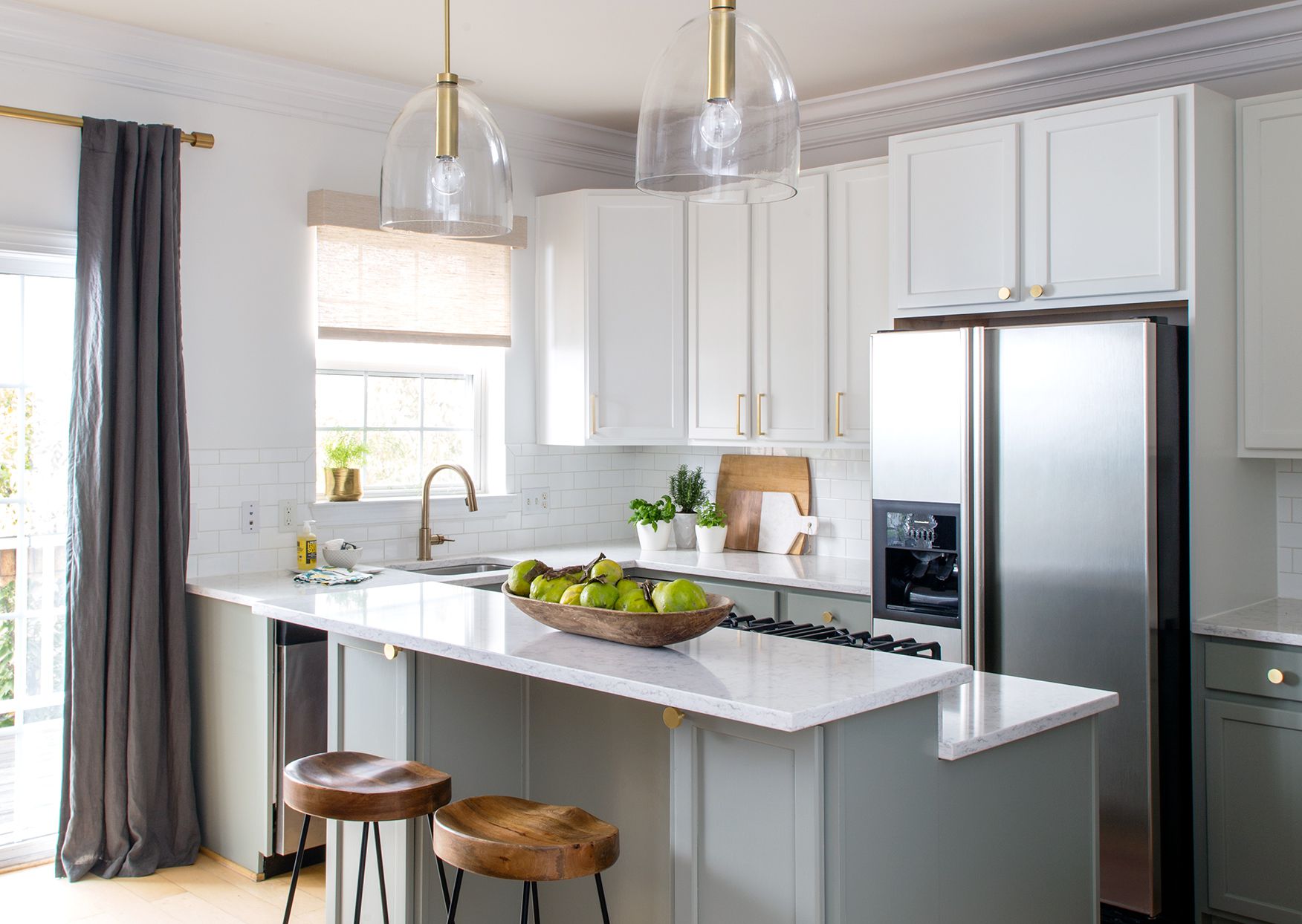

Articles
How To Remodel Kitchen Countertops
Modified: August 24, 2024
Learn how to remodel your kitchen countertops with these informative articles. Find tips, ideas, and expert advice for a stunning kitchen transformation.
(Many of the links in this article redirect to a specific reviewed product. Your purchase of these products through affiliate links helps to generate commission for Storables.com, at no extra cost. Learn more)
Introduction
Welcome to the world of kitchen remodeling, where the heart of your home can be transformed into a stunning and functional space. One of the most impactful and visually appealing aspects of a kitchen remodel is upgrading the countertops. Whether you want to replace worn-out surfaces or simply give your kitchen a fresh new look, remodeling your countertops can make a significant difference.
In this comprehensive guide, we will walk you through the process of remodeling your kitchen countertops, from assessing your current countertops to choosing the right material and completing the installation. So, let’s roll up our sleeves and dive into the exciting world of kitchen countertop remodeling!
Key Takeaways:
- Upgrading your kitchen countertops involves assessing your current needs, setting clear remodeling goals, choosing the right material, and budgeting effectively. Whether you opt for professional installation or a DIY approach, careful planning is key to a successful remodel.
- The installation of new countertops marks the culmination of your kitchen remodel. Proper maintenance, including sealing, cleaning, and avoiding heat damage, will ensure the longevity of your countertops. Embrace the opportunity to update accessories and enjoy your beautifully remodeled kitchen space.
Assessing Your Current Countertops
Before embarking on a kitchen countertop remodel, it’s important to assess the current state of your countertops. Take a close look at the condition of the surface, any visible damage, and the overall functionality.
Start by checking for any cracks, chips, or stains on the countertop. These can not only affect the aesthetics but also compromise the durability and hygiene of the surface. Additionally, note any uneven areas or signs of wear and tear, such as scratches or burn marks.
Consider the functionality of your current countertops. Are they meeting your needs in terms of space? Do you have sufficient surface area for preparing meals, placing cooking appliances, and organizing kitchen essentials? Assessing this will help you determine if you need to modify the layout or increase the countertop space during the remodel.
Another factor to consider is the material of your existing countertops. Different materials have varying levels of durability, maintenance requirements, and aesthetic appeal. Remember to evaluate both the pros and cons of your current material to determine if an upgrade is necessary.
Lastly, consider the overall style and design of your kitchen. If the countertops clash with the rest of your kitchen decor or appear outdated, it may be time for a change. A remodel gives you the opportunity to incorporate new colors and materials that better align with your design vision.
By thoroughly assessing your current countertops, you will have a clear understanding of the areas that need improvement and what you want to achieve with your kitchen remodel. This information will guide you in making informed decisions for the rest of the remodeling process.
Determining Your Remodeling Goals
After assessing your current countertops, it’s time to determine your remodeling goals. This step is crucial in ensuring that the final result aligns with your vision and meets your specific needs.
Start by identifying your primary objectives for the remodel. Are you looking to enhance the aesthetics of your kitchen? Do you want to improve functionality and increase countertop space? Are you aiming to upgrade to a more durable and low-maintenance material? By clarifying your goals, you can prioritize the areas that require the most attention during the remodeling process.
Consider your lifestyle and how you use your kitchen. If you are an avid cook or have a busy household, you may prioritize durability and easy maintenance. On the other hand, if you enjoy entertaining and want to create a visually stunning space, aesthetic appeal may be your main focus.
Think about the long-term benefits you want to achieve with your countertop remodel. Are you looking to increase the value of your home? Do you want a timeless design that will stand the test of time? Understanding your long-term goals will help you make informed decisions when selecting materials and styles.
Budget is also a crucial factor to consider. Determine your spending limit for the countertop remodel and allocate your resources accordingly. This will help you narrow down your choices and ensure that you stay within your financial constraints.
Furthermore, take into account any specific requirements or preferences you have. This could include factors such as eco-friendly materials, specific colors or patterns, or incorporating unique features like integrated sinks or backsplashes.
By determining your remodeling goals, you can tailor the countertop upgrade to suit your needs and preferences. This will guide you in selecting the right materials, colors, and designs that will bring your vision for the kitchen to life.
Choosing the Right Countertop Material
One of the most critical decisions in a kitchen countertop remodel is selecting the right material. The material not only contributes to the aesthetics of your kitchen but also determines the durability, maintenance requirements, and overall functionality of the countertops. Here are some popular countertop materials to consider:
- Granite: Known for its natural beauty and durability, granite is a timeless choice for countertops. It comes in a variety of colors and patterns, adding elegance to any kitchen. It is heat-resistant, scratch-resistant, and long-lasting. However, it requires periodic sealing to maintain its luster.
- Quartz: Engineered quartz offers the perfect blend of durability and low maintenance. It is non-porous, making it resistant to stains, bacteria, and heat. Quartz is available in a wide range of colors and patterns, allowing for customization to match your kitchen design.
- Marble: Known for its luxurious appeal, marble countertops can elevate the look of any kitchen. It has a unique veining pattern and lends a timeless and elegant aesthetic. However, keep in mind that marble is susceptible to staining and requires regular sealing.
- Butcher Block: For a warm and rustic feel in your kitchen, consider butcher block countertops. Made from wood, they add warmth and character to the space. Butcher block requires regular sealing and maintenance to prevent scratches and stains, but it can be sanded and refinished to look brand new.
- Laminate: Laminate countertops offer an affordable option with a wide range of colors and patterns. They are stain-resistant and easy to clean. However, they are less heat-resistant and can be prone to scratches and chips.
Each material has its own unique features and considerations, so it’s important to evaluate your lifestyle, budget, and desired aesthetics when making your decision. Consider factors such as durability, maintenance, heat resistance, stain resistance, and the overall look and feel that you want to achieve in your kitchen.
Additionally, consult with countertop professionals or visit showrooms to see the materials in person and get a better understanding of their characteristics. This will help you make a well-informed decision and choose the countertop material that best suits your needs and style preferences for the kitchen remodel.
Budgeting for the Remodel
When it comes to a kitchen countertop remodel, setting a budget is crucial to ensure that the project stays on track financially. Here are some key considerations to help you effectively budget for your remodel:
1. Research and gather quotes: Start by researching the average cost of countertop materials and installation in your area. Get quotes from multiple contractors or suppliers to get an accurate estimate of the costs involved. This way, you can compare prices and make an informed decision.
2. Consider the material costs: The type of material you choose for your countertops greatly influences the overall cost. Natural stones like granite and marble tend to be more expensive, while laminate and butcher block are more budget-friendly options. Determine which material aligns with your budget without compromising quality or style.
3. Factor in installation costs: Don’t forget to account for installation expenses in your budget. The complexity of the installation, the amount of cutting required, and any additional features such as backsplashes or integrated sinks will impact the overall cost. Discuss these details with your contractor to get a clear understanding of the installation costs.
4. Consider additional expenses: Remember to include additional costs such as removing and disposing of the old countertops, plumbing modifications, electrical work, and any structural alterations that may be required. These expenses can add up, so it’s essential to account for them in your budget.
5. Plan for contingencies: It’s always a good idea to set aside a portion of your budget for unexpected expenses or surprises that may arise during the remodeling process. Having a contingency fund ensures that you can handle any unforeseen issues without derailing your budget.
6. DIY vs. hiring professionals: Assess your skills and capabilities to determine if you can handle the countertop installation yourself or if it’s better to hire professionals. Keep in mind that DIY projects may save you money upfront but could result in costly mistakes if not done correctly. Consider the level of expertise required and the potential for additional expenses before making a decision.
By carefully considering these factors and setting a realistic budget, you can ensure that your kitchen countertop remodel stays within your financial means. Remember to prioritize your expenditures based on your goals and preferences and make informed choices when it comes to selecting materials and hiring professionals.
Hiring a Contractor or DIY?
When it comes to a kitchen countertop remodel, one of the key decisions you’ll need to make is whether to hire a contractor or take on the project yourself. Both options have their merits, so let’s explore the factors to consider when deciding between hiring a professional or going the DIY route.
Hiring a Contractor:
Hiring a contractor can provide several advantages for your countertop remodel:
- Expertise and experience: Contractors have the knowledge and experience to handle countertop installations efficiently and effectively. They have the necessary skills to handle complex tasks, such as cutting and fitting the countertops correctly.
- Time-saving: A contractor can complete the project faster than a DIY approach, especially if you have limited experience or a busy schedule. They can coordinate various aspects of the remodel, such as sourcing materials, coordinating with other tradespeople, and managing the overall timeline.
- Quality craftsmanship: A professional contractor can ensure that your countertops are installed with precision and attention to detail. They have access to specialized tools and techniques to create a flawless finished result.
- Warranty and insurance: Hiring a reputable contractor often comes with the assurance of warranty coverage and liability insurance. This provides peace of mind in case any issues or accidents occur during or after the installation process.
DIY Approach:
While hiring a contractor has its benefits, opting for a DIY approach also has its advantages:
- Cost savings: Taking on the project yourself eliminates the cost of labor, potentially resulting in significant savings. However, keep in mind that DIY still incurs expenses for materials, tools, and any specialized equipment required.
- Flexibility and control: When you tackle the project yourself, you have complete control over the design, materials, and timeline. You can make adjustments and personalize the remodel to your exact preferences.
- Learning opportunity: DIY projects can be a great learning experience, allowing you to develop new skills and gain a sense of accomplishment. It’s a chance to get hands-on and understand the intricacies of countertop installation.
- Satisfaction of completing the project: There is a sense of pride and satisfaction that comes with completing a DIY project successfully. It’s a chance to showcase your creativity and resourcefulness in transforming your kitchen.
When deciding between hiring a contractor or going the DIY route, consider your budget, available time, skill level, and the complexity of the project. Simple installations, such as laminate countertops, may be suitable for a DIY approach, while more intricate materials like natural stone may require professional expertise. Remember to weigh the pros and cons before making your decision.
Ultimately, the choice between hiring a contractor or opting for a DIY approach depends on your comfort level, experience, and the desired outcome of your kitchen countertop remodel.
When remodeling kitchen countertops, consider using durable and low-maintenance materials such as quartz or granite for a long-lasting and stylish finish.
Removing Old Countertops
When embarking on a kitchen countertop remodel, one of the first steps is to remove the old countertops. Properly removing the existing countertops is crucial to ensure a smooth and successful installation of the new ones. Here are the steps to follow when removing old countertops:
1. Disconnect the utilities: Before removing the countertops, make sure to shut off the water and disconnect any plumbing fixtures or appliances that are attached to the countertop. This may include disconnecting the sink, cooktop, or any other fixtures that are integrated into the countertops.
2. Protect surrounding areas: Cover the surrounding cabinets, appliances, and the floor with protective materials such as drop cloths or cardboard to prevent any damage during the removal process. This will also make it easier to clean up any debris.
3. Start with the backsplash: If your countertops have a backsplash, start by removing it. Use a utility knife to cut through any caulk or adhesive that is securing the backsplash to the wall. Then, gently pry it away from the wall using a pry bar or a putty knife.
4. Remove the countertop: To remove the countertop itself, begin by locating any screws or fasteners that may be securing it to the cabinets. Use a screwdriver or drill to remove these screws and detach the countertop from the underlying structure.
5. Pry away the countertop: Once the screws are removed, carefully pry the countertop away from the cabinets using a pry bar or a crowbar. It’s important to work slowly and steadily to avoid any damage to the cabinets or the surrounding area.
6. Cut through any adhesive: In some cases, the countertops may be adhered to the cabinets with construction adhesive. If this is the case, use a putty knife or a utility knife to carefully cut through the adhesive, separating the countertop from the cabinets.
7. Clean and prepare the cabinets: Once the old countertops are removed, take the time to clean and prep the cabinets for the installation of the new countertops. Remove any remaining adhesive, nails, or debris from the cabinet surface.
It’s worth noting that the process of removing old countertops may vary depending on the material and construction of the existing countertops. If you’re unsure or uncomfortable with the removal process, it’s best to consult a professional contractor who has experience in countertop installation and removal.
By following these steps and taking necessary precautions, you can safely and effectively remove the old countertops, clearing the way for the installation of your new, upgraded surfaces.
Preparing the Kitchen for Remodeling
Before diving into the installation of your new countertops, it’s important to properly prepare your kitchen for the remodeling process. Taking the time to prepare will help ensure a smooth and efficient renovation. Here are the steps to follow when preparing your kitchen for remodeling:
1. Clear the countertops: Remove all items from your countertops, including small appliances, utensils, and any decorative items. This will create a clear workspace for the installation and protect your belongings from potential damage during the remodeling process.
2. Empty cabinets and drawers: To prevent any damage or obstruction, empty the cabinets and drawers that are in close proximity to the countertops. This will also make it easier for the contractors, allowing them to work efficiently.
3. Protect your flooring: Cover your flooring with protective materials such as drop cloths or cardboard to prevent any scratches, stains, or debris during the remodeling process. Secure the coverings in place to ensure they stay in position throughout the project.
4. Create a temporary kitchen setup: As the countertop installation may take some time, consider setting up a temporary kitchen area in another part of your home. This will allow you to continue cooking and accessing essential items while the renovation is underway.
5. Disconnect and protect appliances: If the countertops being replaced include a built-in cooktop or other appliances, make sure to disconnect them from their power sources and properly protect them. Cover them with protective sheets or move them out of the kitchen if possible.
6. Communicate with the remodeling team: Before the remodeling begins, have a discussion with the contractors about any specific requirements or considerations. Ensure that you are on the same page regarding access points, work hours, and any other logistical details.
7. Consider the impact on daily routines: Remodeling can disrupt your normal routine, so it’s important to plan ahead. Consider factors such as meal preparation, access to the kitchen, and any potential inconveniences that may arise during the remodeling process.
By properly preparing your kitchen for remodeling, you can create a safe, organized, and efficient workspace for the installation of your new countertops. This will help minimize disruptions and ensure a successful renovation experience.
Installing New Countertops
Installing new countertops is the exciting phase of your kitchen remodel that brings your vision to life. While this process is typically carried out by professionals, it’s helpful to understand the general steps involved. Here’s a breakdown of the installation process for your new countertops:
1. Measurement and Template: Prior to the installation, the contractor will take precise measurements of your kitchen, ensuring the countertops fit perfectly. They may create a template based on these measurements to guide the fabrication process.
2. Prepare the Cabinets: The first step in the installation process is preparing the cabinets to receive the new countertops. This may involve leveling the cabinets and making any necessary adjustments to ensure a flat and stable surface.
3. Install Substrate: In some cases, a substrate may be required to support the countertops properly. This is typically made of plywood or cement board and is installed on top of the cabinets to provide a stable base for the countertops.
4. Cut and Fit: The countertops will be cut according to the template, accounting for any sink or cooktop openings. The contractor will carefully position the countertops in place, making any necessary adjustments to ensure a precise fit.
5. Secure the Countertops: Once the countertops are fitted correctly, they will be secured to the cabinets using adhesive or screws. The method used will depend on the type of countertop material and the specific requirements of the installation.
6. Install Sink and fixtures: If your new countertops include an integrated sink or fixtures, the contractor will install them at this stage. Plumbing connections will be made, ensuring a watertight seal and proper functionality.
7. Finishing Touches: The final step involves making any necessary adjustments and ensuring that the countertops are level and properly sealed. The seams between the countertop sections, if applicable, will be filled and finished to create a seamless appearance.
It’s important to note that the installation process may vary depending on the type of countertop material you choose and the specific requirements of your kitchen. It’s recommended to hire professional installers who have experience with the specific material you have chosen to ensure a smooth and successful installation.
Once the installation is complete, take the time to inspect the finished countertops and communicate with the contractor about any concerns or issues. Proper maintenance and care will help preserve the appearance and function of your new countertops for years to come.
Finishing Touches and Maintenance Tips
As you reach the final stages of your kitchen countertop remodel, it’s time to put the finishing touches on your newly installed countertops. Additionally, knowing how to properly maintain your countertops will ensure they retain their beauty and functionality for years to come. Here are some essential finishing touches and maintenance tips:
1. Sealing: Depending on the material you choose, your countertops may require sealing to protect them from stains, scratches, and heat damage. Follow the manufacturer’s guidelines or consult with your contractor on the recommended sealing schedule for your specific countertop material.
2. Cleaning: Establish a regular cleaning routine for your countertops to keep them looking their best. Use a gentle, non-abrasive cleaner or a solution of mild dish soap and warm water. Avoid using harsh chemicals or abrasive sponges that can damage the surface.
3. Avoiding Heat Damage: Always use trivets, cutting boards, or heat-resistant pads when placing hot pans or pots on the countertops. Direct contact with high heat can cause some materials to discolor or crack.
4. Preventing Scratches: While most countertops are resistant to scratches, it’s still important to use cutting boards and avoid dragging sharp objects directly on the surface. Consider using protective pads or mats under small appliances to prevent scratches and dents.
5. Wiping Spills Promptly: Clean up spills and stains as soon as they occur to prevent them from setting into the countertop surface. This is especially important for materials that are more porous, such as marble or wood.
6. Routine Maintenance: Regularly inspect your countertops for any signs of wear, damage, or loose seams. Address any issues promptly to prevent further damage. Follow any specific maintenance guidelines provided by the manufacturer or contractor.
7. Update Accessories: Consider updating your kitchen accessories, such as faucets, cabinet hardware, and lighting fixtures, to complement the new look of your countertops. These small details can make a big difference in enhancing the overall aesthetic of your kitchen.
By following these finishing touches and maintenance tips, you can enjoy the beauty and functionality of your newly remodeled countertops for years to come. Incorporate these practices into your routine to ensure their longevity and keep your kitchen looking its best.
Conclusion
Congratulations on completing your kitchen countertop remodel! By embarking on this journey, you have transformed the heart of your home into a space that is not only visually appealing but also functional and suited to your needs. The process of remodeling your countertops involved various steps, from assessing your current countertops to choosing the right material, budgeting, and hiring professionals or taking the DIY route. You took the time to remove the old countertops, prepare your kitchen for the remodel, and then successfully installed the new countertops.
Now, with your new countertops in place, it’s essential to maintain them properly to preserve their beauty and functionality. Embrace regular cleaning routines, avoid heat damage and scratches, and promptly address any spills or stains. By following these maintenance tips, you can prolong the lifespan of your countertops and keep them in excellent condition for years to come.
Remember, the choice of material for your countertops plays a vital role in both aesthetics and durability. Whether you opted for the timeless elegance of granite, the low-maintenance convenience of quartz, or the warm rustic charm of butcher block, your selection reflects your style and preferences.
With your new countertops serving as the centerpiece of your kitchen, you may want to consider additional upgrades or enhancements to further enhance the overall look and functionality. Updating accessories like faucets, cabinet hardware, and lighting fixtures can complement your new countertops and create a cohesive and inviting space.
As you enjoy your newly remodeled kitchen, take pride in the hard work and decisions you made to bring your vision to life. Let your new countertops be a symbol of your creativity, style, and attention to detail.
Thank you for joining us on this journey through the exciting world of kitchen countertop remodeling. We hope this comprehensive guide has provided you with the knowledge and inspiration to create a kitchen that you truly love. Here’s to many joyful moments and delicious meals shared in your beautifully remodeled kitchen!
Frequently Asked Questions about How To Remodel Kitchen Countertops
Was this page helpful?
At Storables.com, we guarantee accurate and reliable information. Our content, validated by Expert Board Contributors, is crafted following stringent Editorial Policies. We're committed to providing you with well-researched, expert-backed insights for all your informational needs.
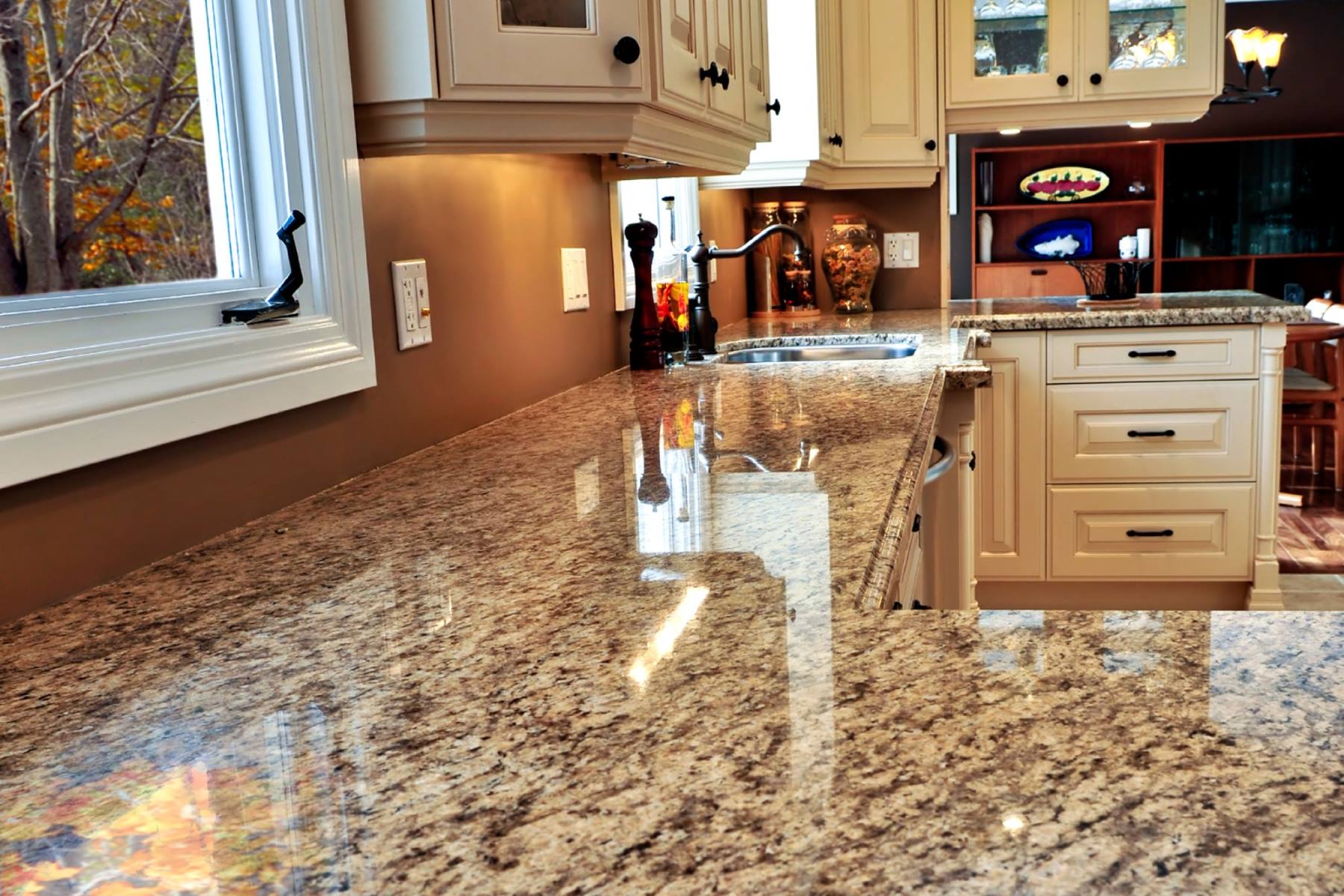
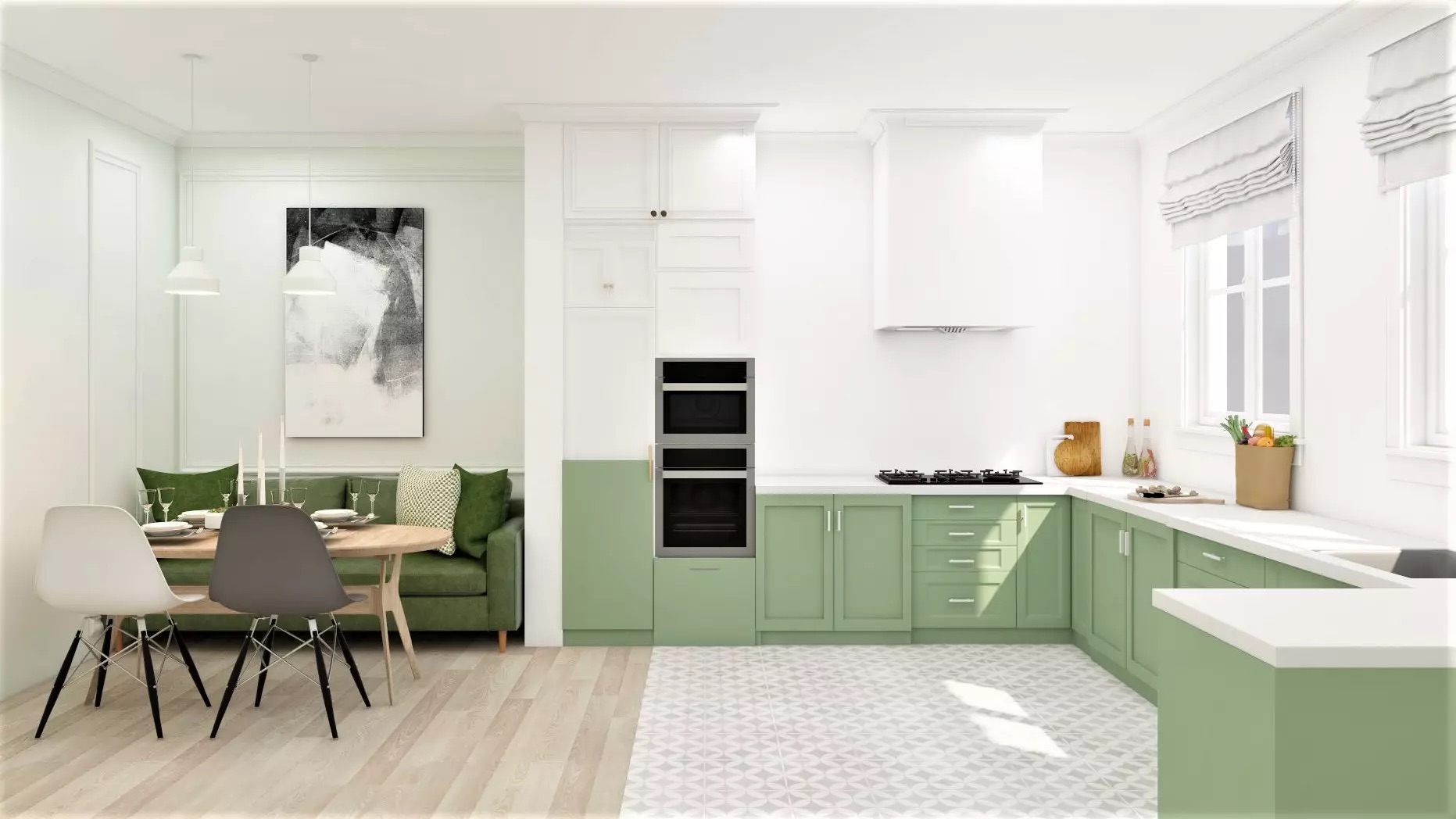
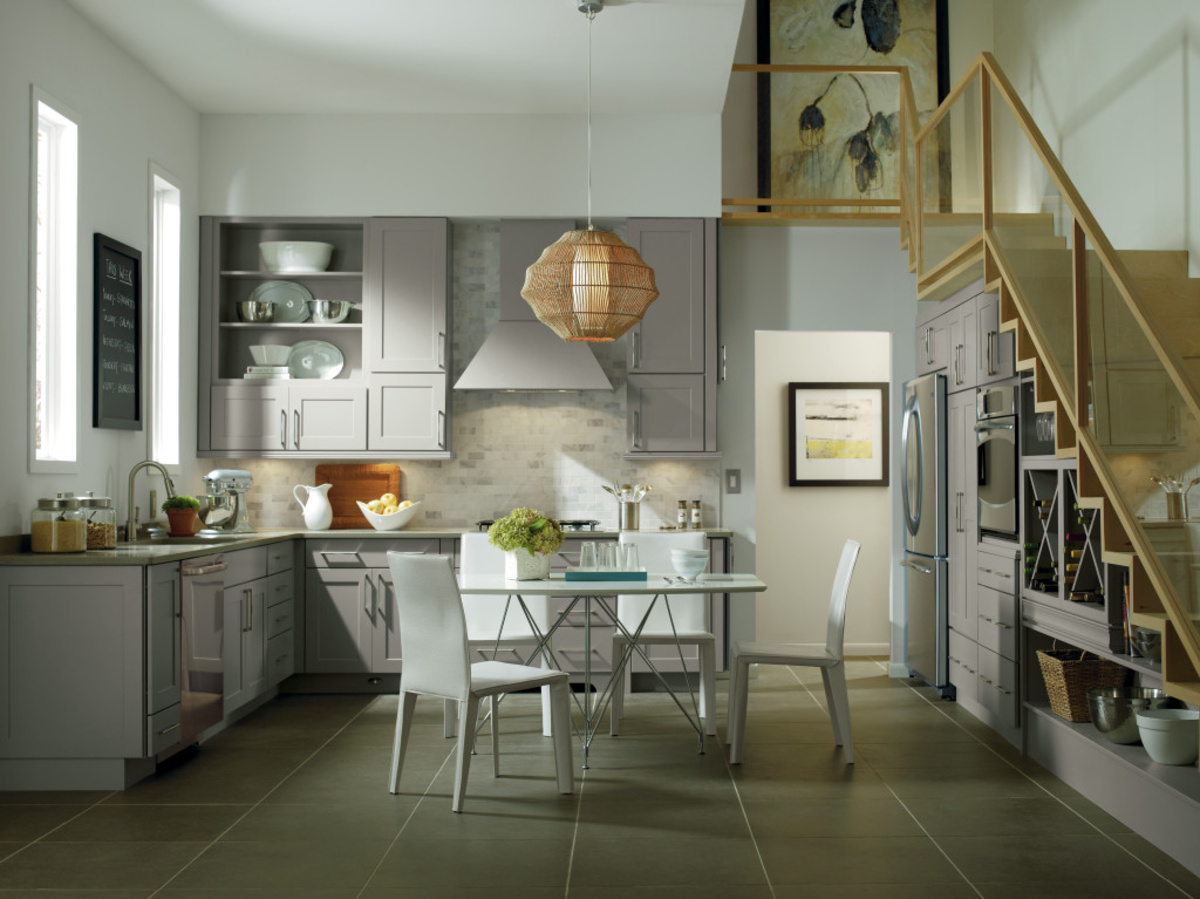
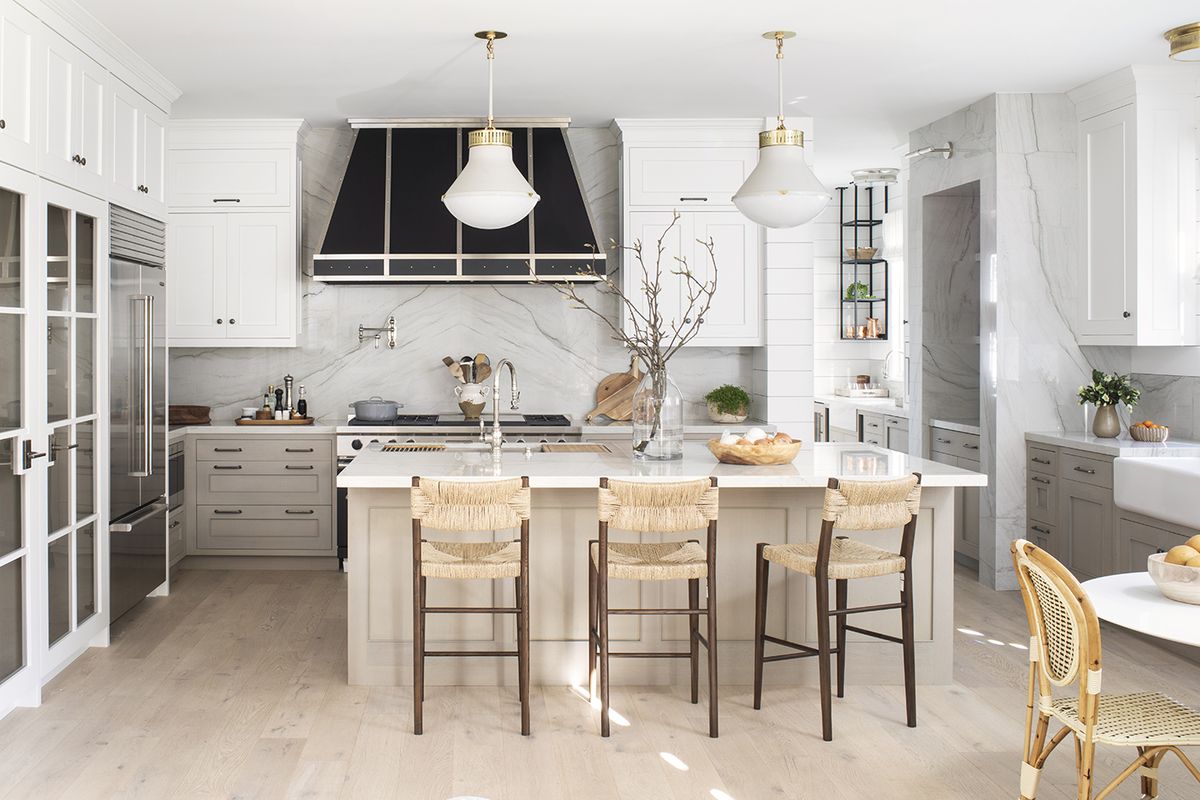

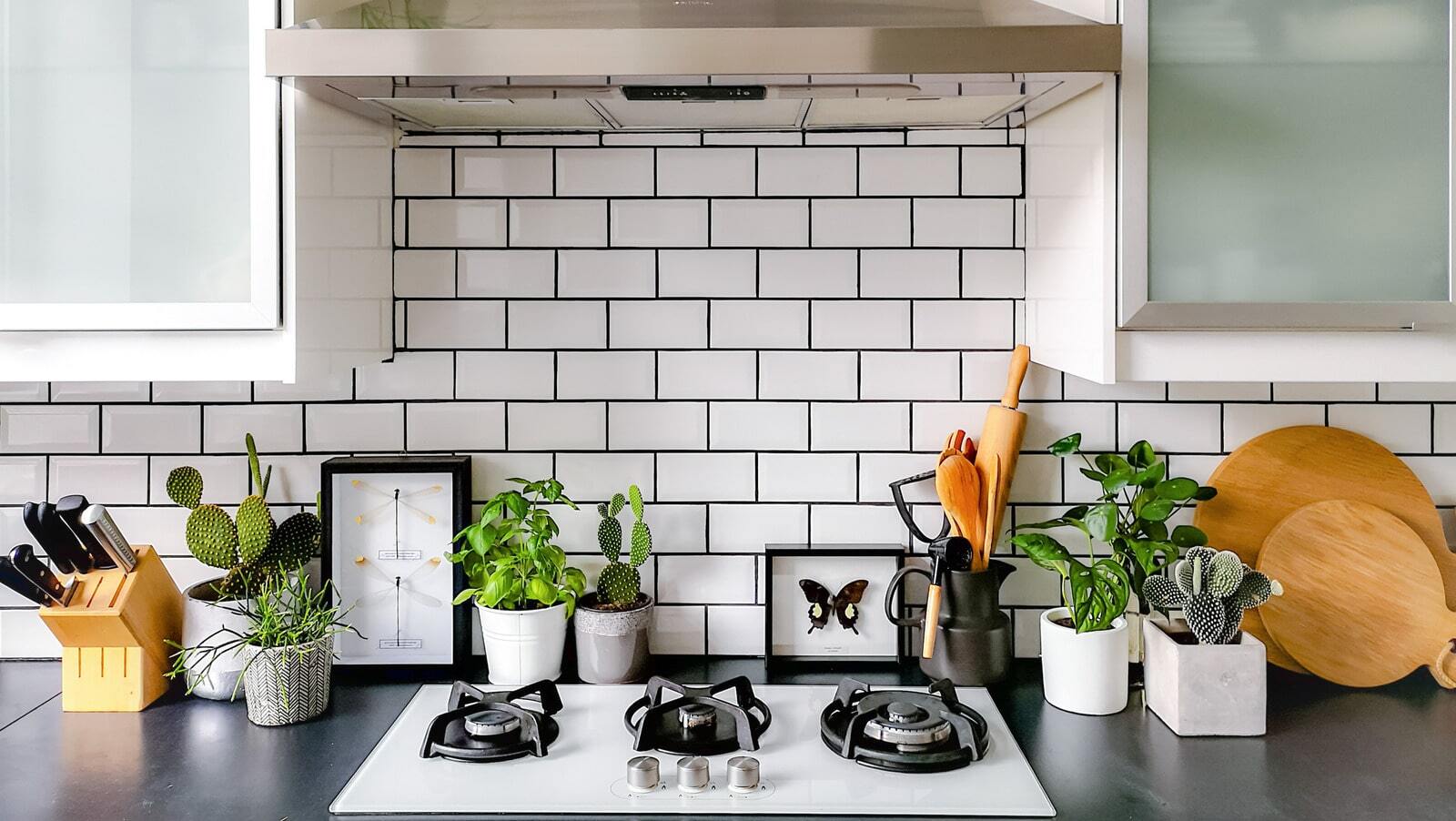
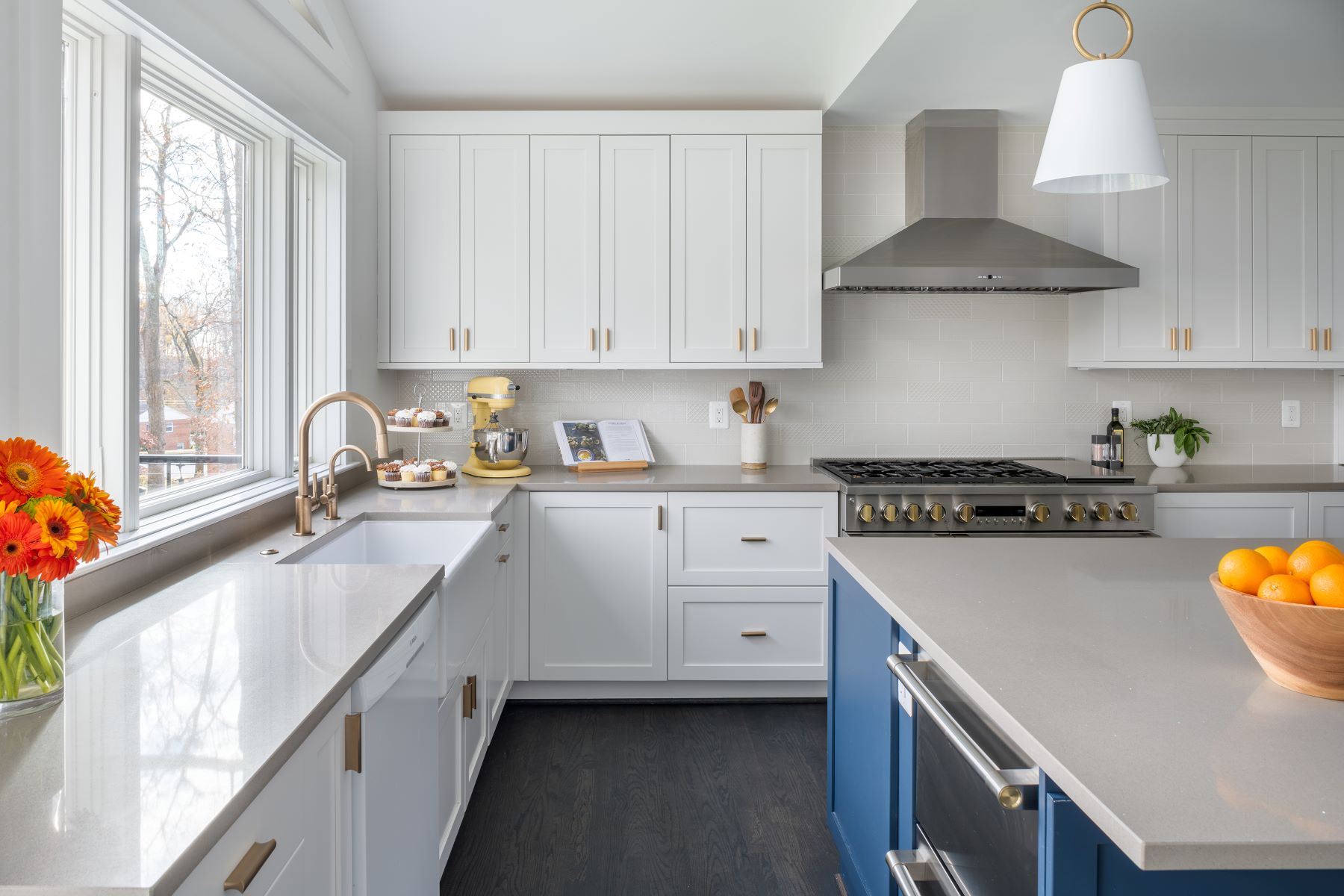
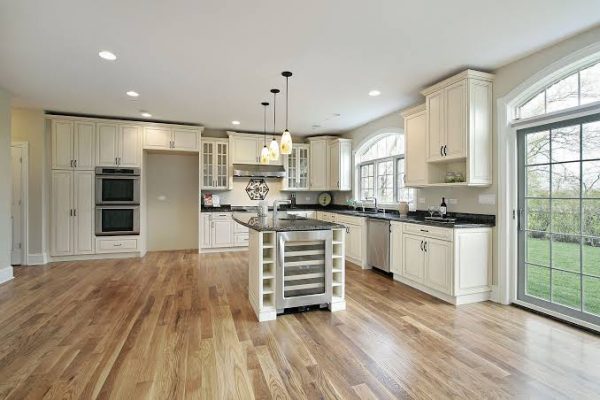
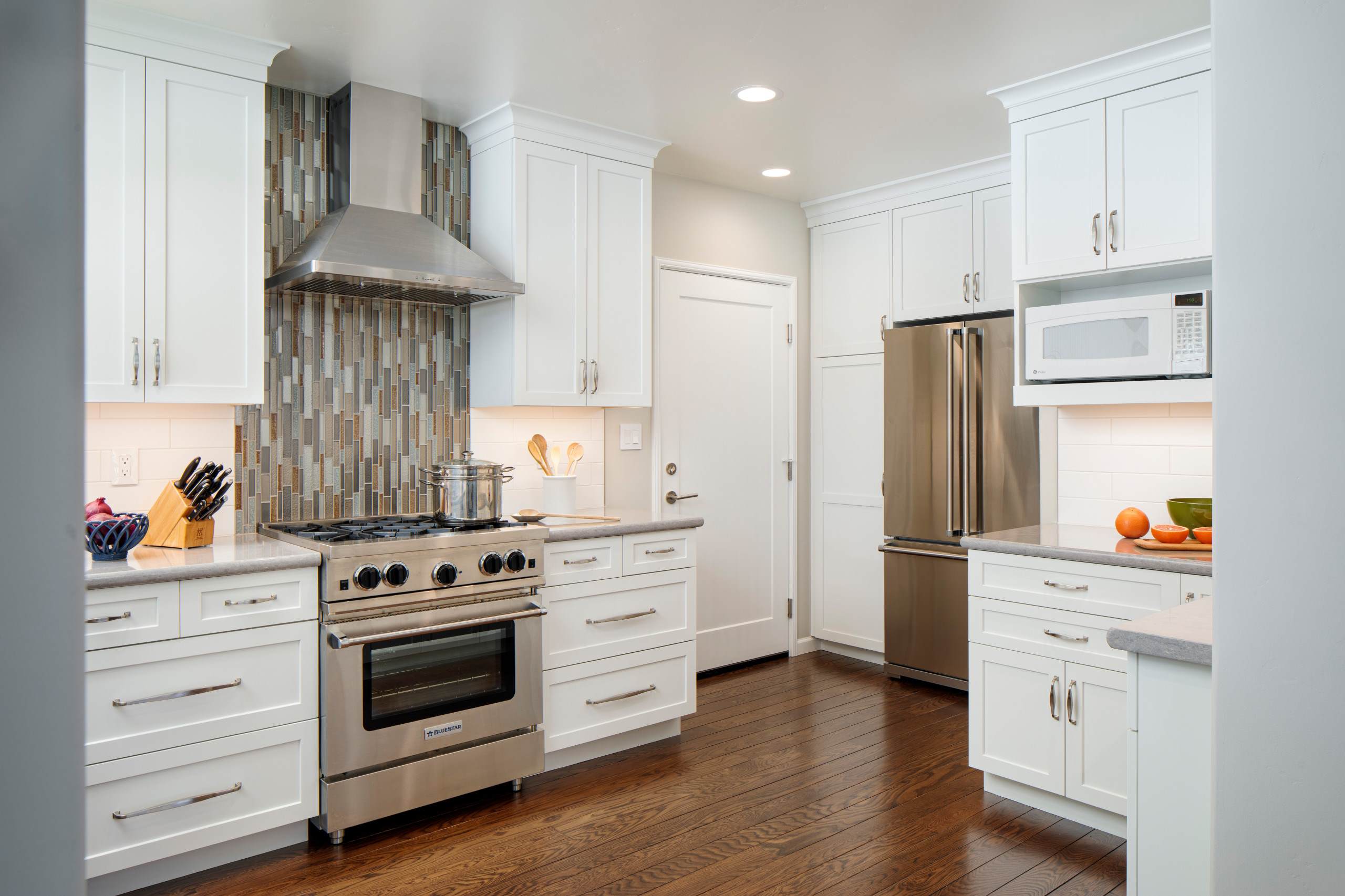

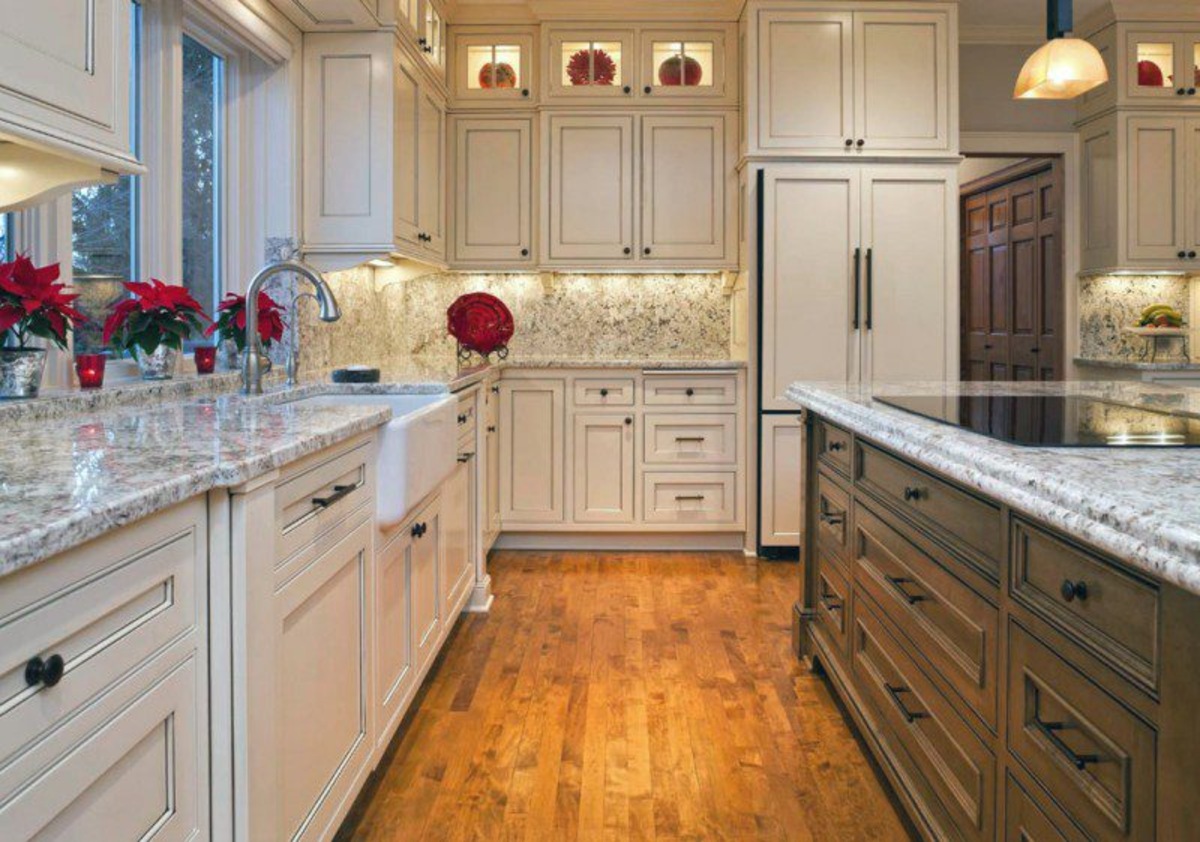
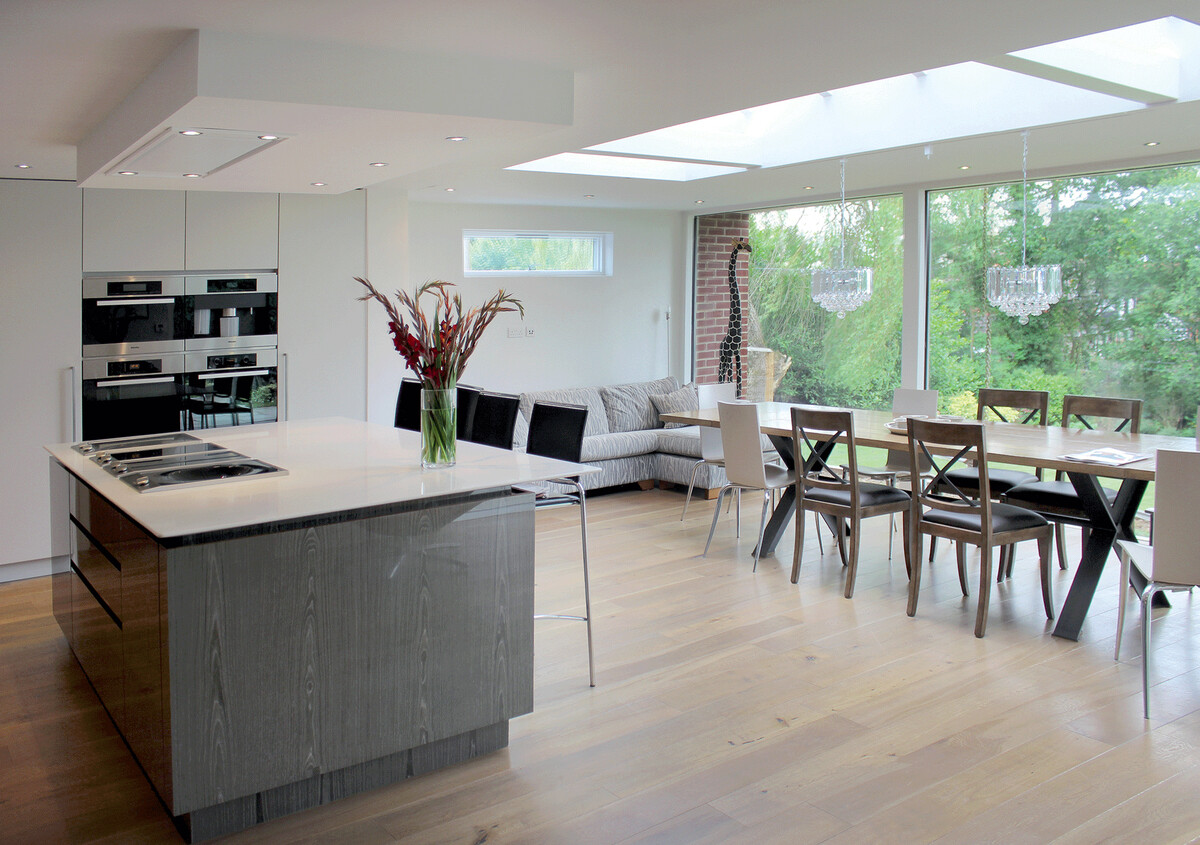
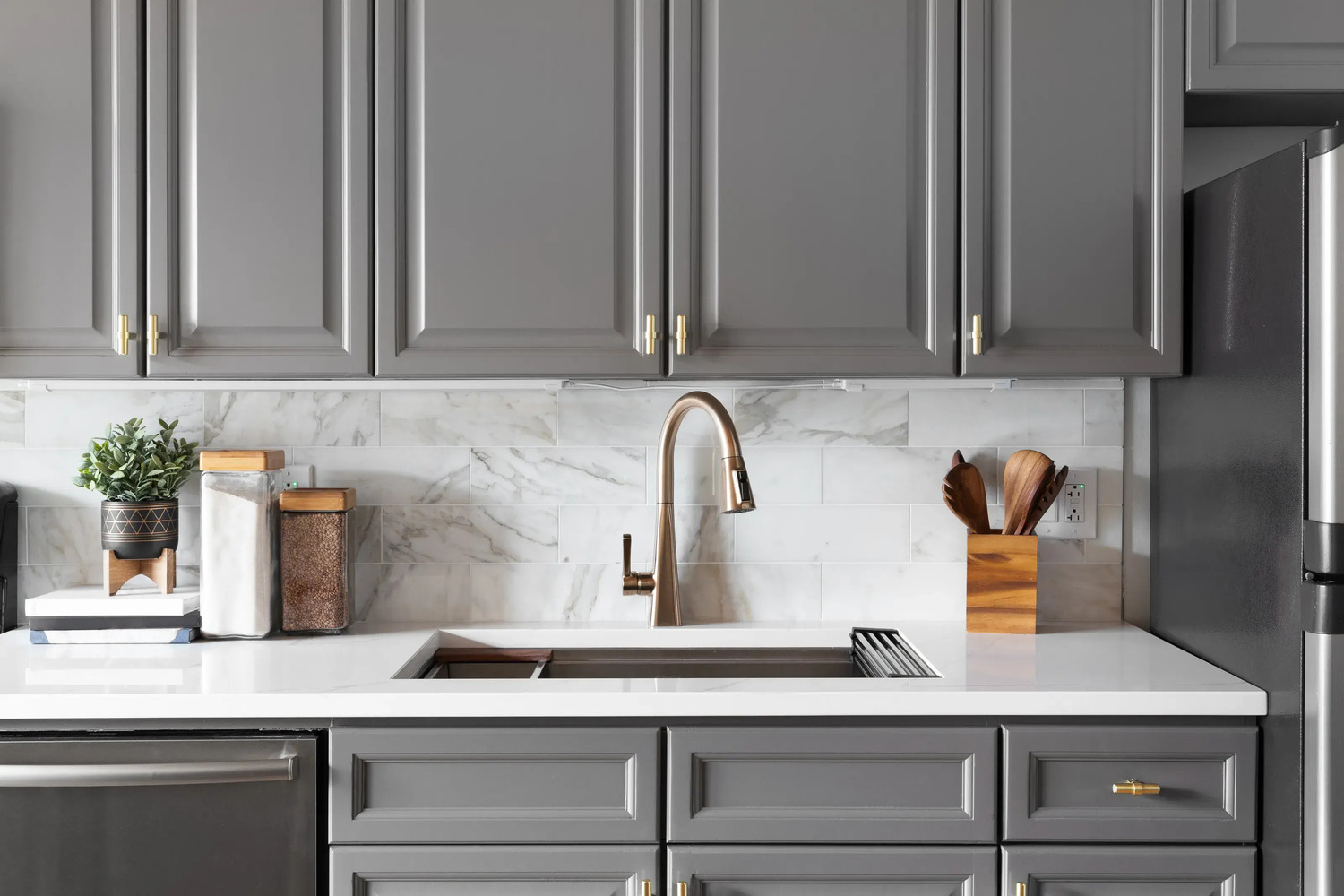

0 thoughts on “How To Remodel Kitchen Countertops”